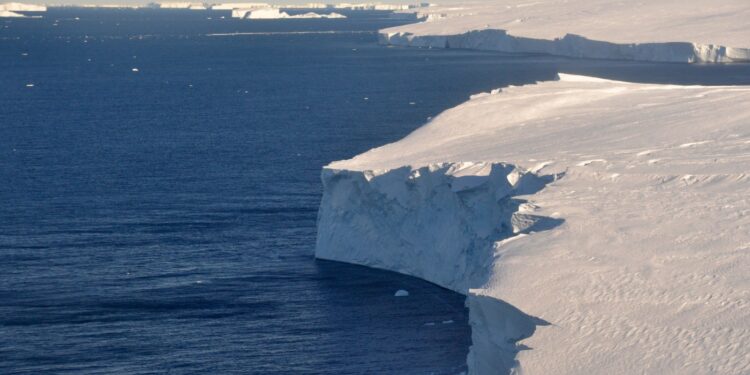
Scientists recently discovered amber fragments that suggest the snow-covered continent of Antarctica could have once been a lush jungle.
The idea that Antarctica once looked like an entirely different part of the world has been around for a while. Explorers throughout history have discovered fossilized evidence that trees likely existed in the area, like roots and pollen, but were not able to prove exactly what the landscape looked like definitively.
A new study from Antarctic Science revealed that an examination of amber fragments discovered in 2017 revealed that trees not only existed in Antarctica but thrived. Not only that, but the trees produced resin (which became amber), implying that the climate was entirely different from what it is today.
That alone would be an interesting discovery, but the find’s impact goes beyond history books. According to BGR, the period in which Antarctica looked like a lush jungle was a period in which the world was filled with greenhouse gases.
Although the world may never return to the hostile environments of the mid-Cretaceous period in which Antarctica’s jungle grew, our future could certainly include living in a greenhouse-gas-filled world.
As the atmosphere continues to fill with carbon emissions and greenhouse gases, amber remains from a hostile world, which could help scientists understand how life can prevail in such a harsh environment.
It’s a novel idea to use fragments from millions of years ago to prevent future issues, but time will only tell how useful the researcher’s findings will be.
Content from The National Desk is provided by Sinclair, the parent company of FOX45 News.






